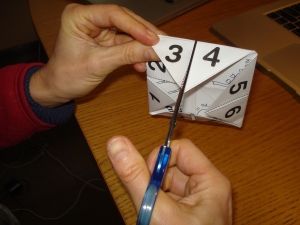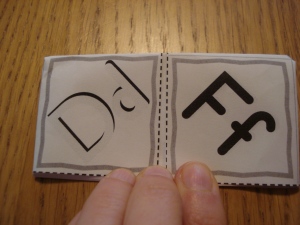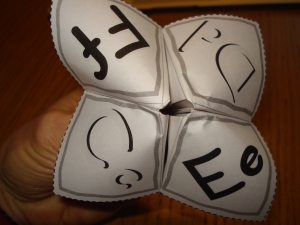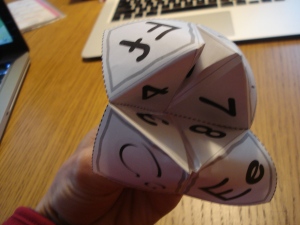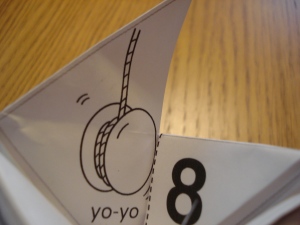If you want a fun song to practice the sound /l/, this is for you! Looby Loo is a simple dance song. It encourages listening to the movement directions and dancing together as a group. It invites young learners to add their own ideas, too.

Check out the lyrics to this traditional song from Mother Goose.
Here we go looby loo,
Here we go looby light,
Here we go looby loo,
All on a Saturday night!
For my young students in Japan, distinguishing /r/ and /l/ can be challenging. This is a playful way to practice the /l/ sound. In addition, students hear the rhyming words, light and night.
We sing this song in a circle. Use Let’s Make a Circle to get ready.
The verses invite students to put one part of their body into the middle of the circle. For young learners, we choose body parts, like hands, feet, arms, legs, tummy, head, fingers, thumbs, etc.
Verses:
You put your hands in.
You take (put) your hands out
You give your hand/hands a shake, shake, shake (shake, shake, shake, shake . . . .)
And turn yourself about!
To build learner agency, invite students to share their ideas.
All say: Think, think, think. Think, think, think. What should we do? Think, think, think. Think, think, think. What should we do?
Teacher: Should we put in our legs? Our thumbs? Our elbows?
Student: Legs. Let’s put our legs in the circle.
Here’s a video of my young learner class in Tokyo. These children range in age from three to six. They studied English once a week with me. Listen to how well they sing along! You can see how I’m prompting the next body part to sing about by naming and showing them two or three choices. You’ll also notice that we have a lot of fun shaking longer than the standard version of this song.
For older children, practice right and left with each body part. You may want to use less repetitions of the song.
For older students, it looks like this:
You put your right hand in.
You take (put) your right hand out
You give your hand a shake, shake, shake (shake, shake, shake, shake, shake, shake . . . .)
And turn yourself about!
If you want to learn more about this song, check out the history of it here. The professional version of this song isn’t available yet.

Kathy Kampa is a passionate educator of young learners. She seeks to nurture children’s imaginations and spark creativity through fun and engaging activities. Kathy believes music and movement should be a part of every young child’s learning.
Kathy is the co-author of Magic Time, Everybody Up, Oxford Discover, Beehive, and Buzz (all published by Oxford University Press). She has taught young learners in Tokyo, Japan for over 30 years. Kathy is also active as a teacher trainer, inspiring teachers around the world. She has currently returned to her home state of Minnesota in the US.
If you’re interested in more of Kathy’s work, check out her YouTube channel at Kathy Kampa.
Are you streaming music? Go to Spotify or Apple Music to find Kathy’s music.

You can find more engaging songs on Kathy Kampa’s Special Days and Holidays and on Jump Jump Everyone
Kathy Kampa’s Special Days and Holidays has songs for the special events in children’s lives, including a loose tooth, birthdays, and many holidays.
Jump Jump Everyone is filled with many happy songs that have grown in my young learner classroom. The songs encourage children to move. Many songs link to classroom content. Children can dance like falling leaves, bloom like a spring flower, move through the butterfly life cycle . . . . you’ll find LOTS of fun and magic in this album.
For more action songs, check out this curated playlist.














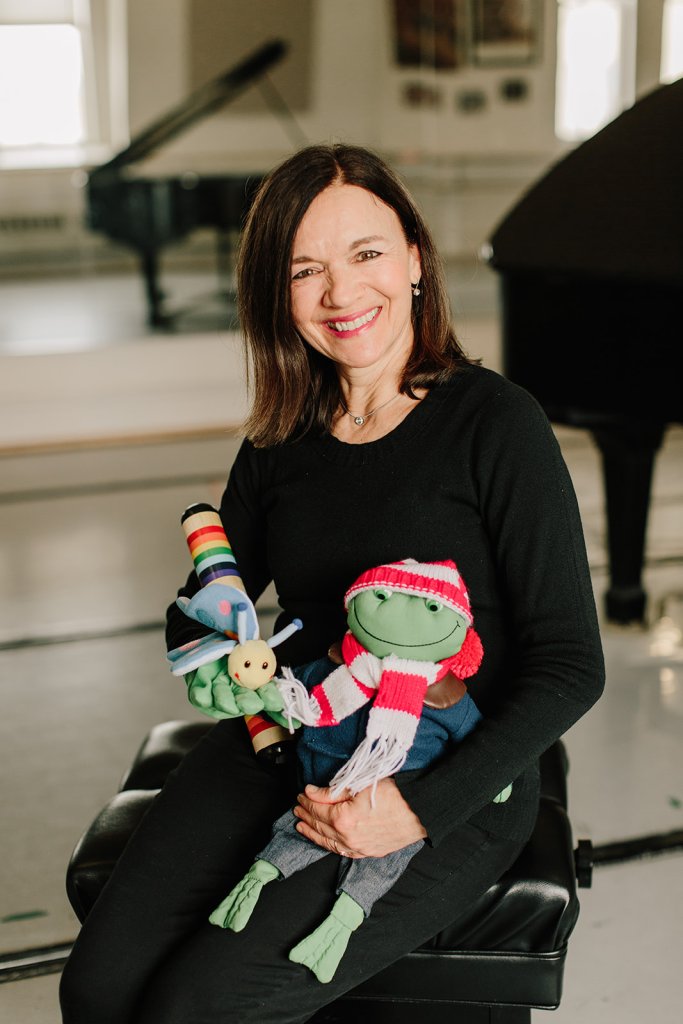




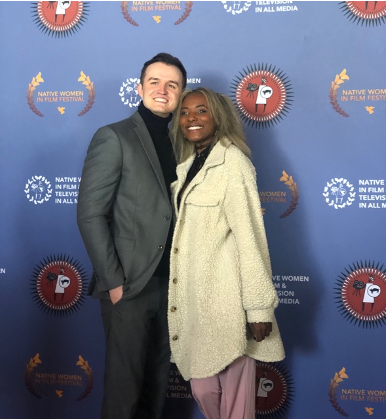





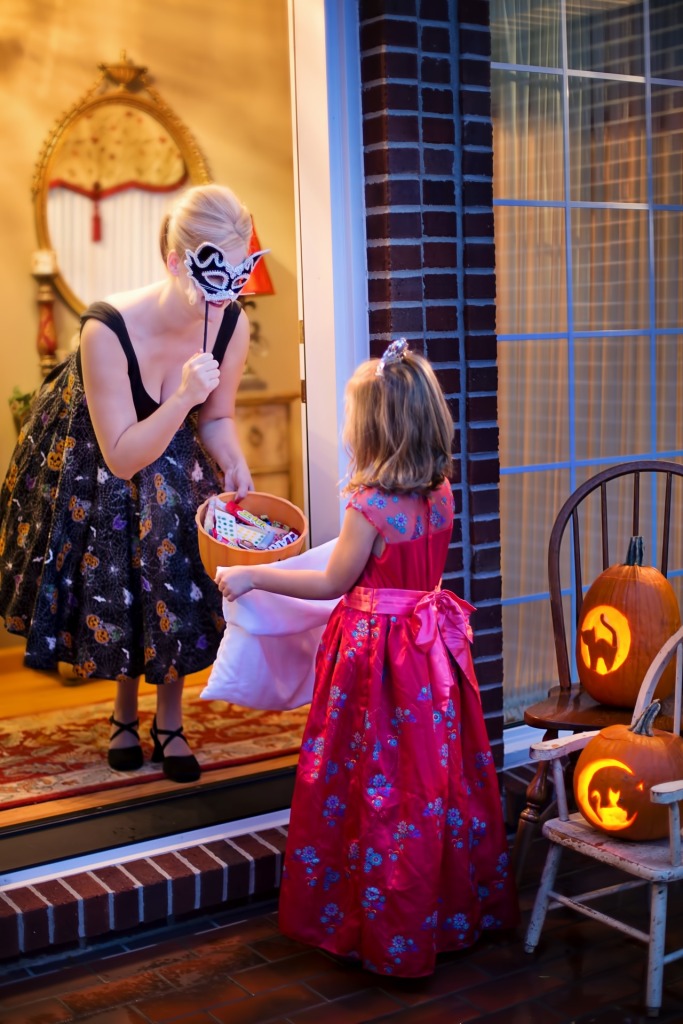




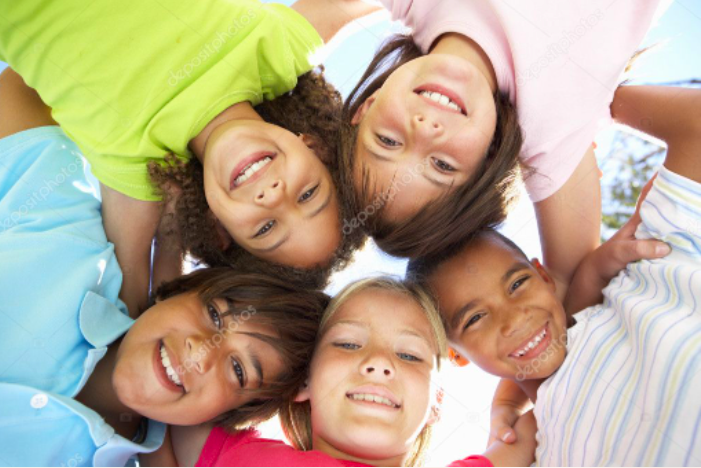



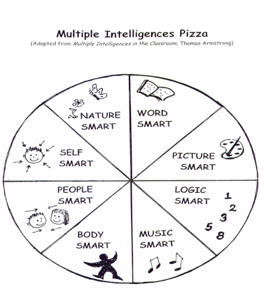



 If the student rolls the number 2 (sometimes) and picks the chore card “wash the car,” the student says “I sometimes wash the car.”
If the student rolls the number 2 (sometimes) and picks the chore card “wash the car,” the student says “I sometimes wash the car.”




